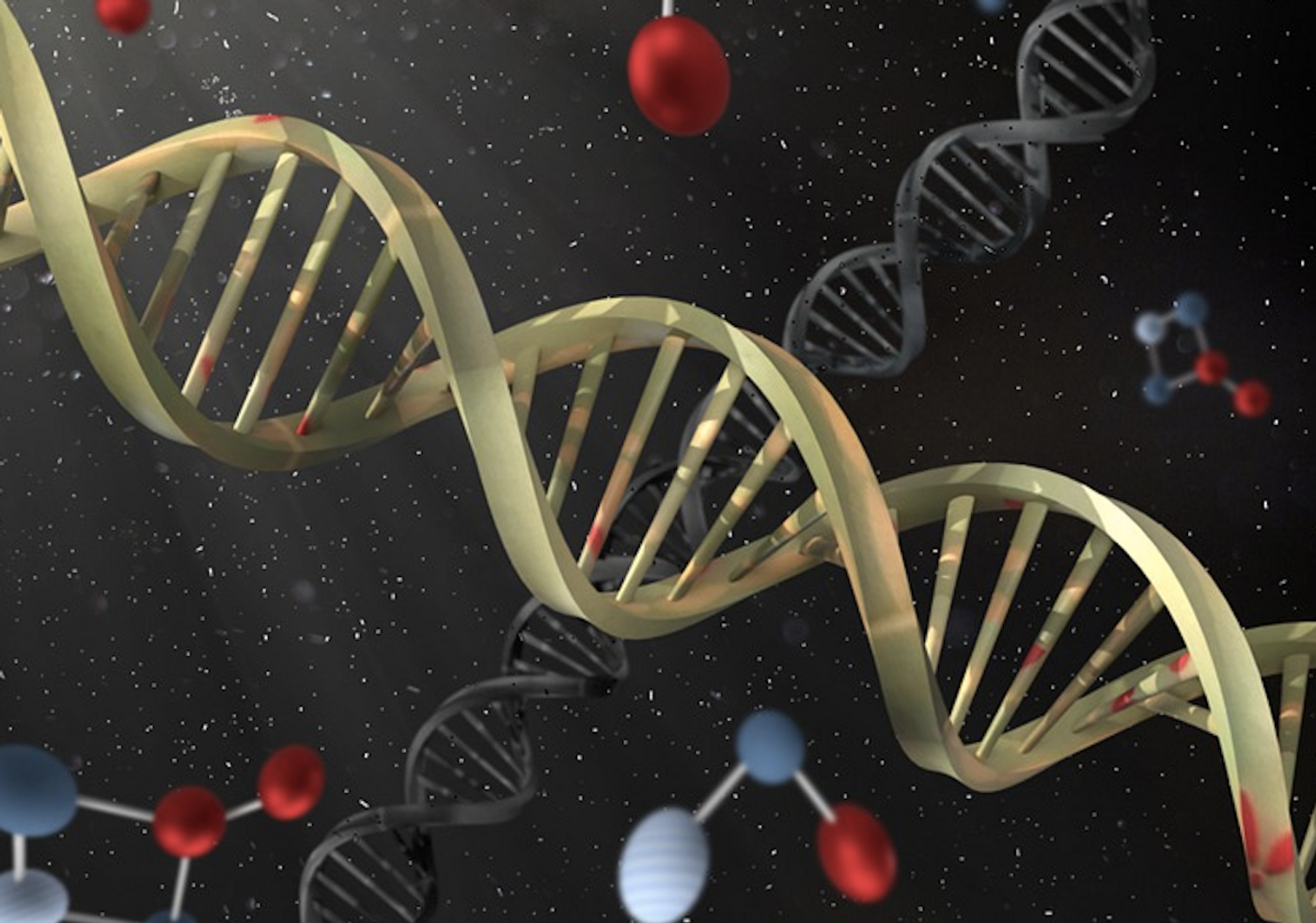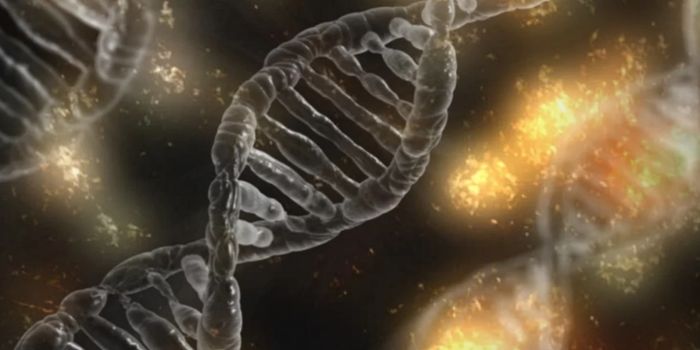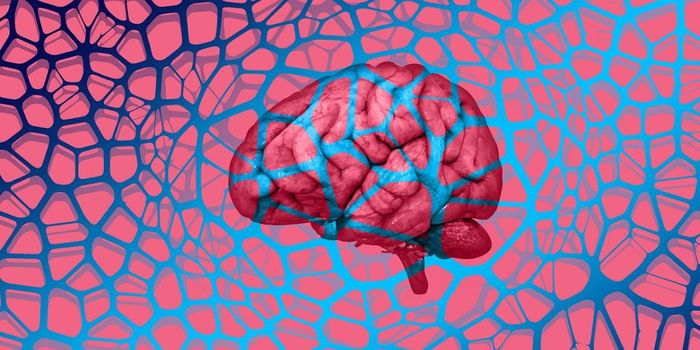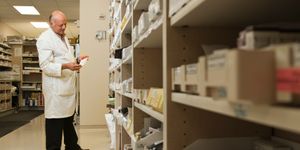An 'Off' Switch to Improve CRISPR Precision
The CRISPR-Cas9 gene-editing tool has tremendous potential to treat diseases that are caused by genetic errors. The idea behind it is to bring a pair of ‘molecular scissors’ to a very specific place in the genome (such as where a disease-causing mutation sits) to make a cut and remove an erroneous sequence. A DNA fragment containing the correct sequence can then be joined to the genome, and in theory, the mutation causing the disease would be repaired, and the symptoms of the disease would be cured. But sometimes CRISPR-Cas9 makes erroneous cuts at unintended places. These so-called off-target effects can have major consequences, impeding the potential of the gene editor.
Now researchers have developed a tool to stop these unintended changes, which works to control CRISPR-Cas9 so it’s only active during a certain period in a cell’s cycle. The activity of the editor is meant to be limited to periods when gene editing is more likely to be accurate. While other, similar methods have been devised, this one aims to make CRISPR-Cas9 more precise without reducing its efficacy. The work has been reported in Communications Biology.
"We aimed to develop the method to avoid the side effect called off-target effect which is one of the most challenging problems in the genome-editing field," said study author Wataru Nomura, a professor at Hiroshima University's Graduate School of Biomedical and Health Sciences. "Our method is like hitting two birds with one stone. We can improve the preciseness of genome editing and suppression of off-target effects at the same time."
In this work, the researchers utilized an 'anti-CRISPR' protein called AcrIIA4 that counteracts the action of a version of Cas9 called SpyCas9, and could act as an off-switch for CRISPR. The scientists combined AcrIIA4 with the terminus of another protein that ensures the genome is only copied once during the cell cycle: Cdt1. The AcrIIA4-Cdt1 fusion protein seems to restrict CRISPR-Cas9 gene-editing to the S and G2 cell cycle phases, which is when a process called homology-directed repair (HDR) is more likely to occur.
When there are breaks in DNA, the cell has to repair them, and it has two ways to do so, called non-homologous end-joining (NHEJ) and HDR. Most chromosomes come in pairs, and HDR uses the second chromosome as a template to repair the break in the first. However, NHEJ usually just brings broken ends of DNA back together at any stage of the cell cycle, while HDR is more precise and is restricted to fewer stages.
The levels of ArIIA4-Cdt1 fusion were found to depend on the cell cycle, increasing during G1 phase and stopping NHEJ from making repairs. AcrIIA4-Cdt1 levels go down during subsequent phases.
With the fusion protein, the researchers reduced off-target mutations by about 86.5 percent in one test, and from 8.5 percent to 0.6 percent in another test. By co-expressing SpyCas9 and AcrIIA4-Cdt1, the researchers were able to increase HDR frequency while suppressing off-target effects.
"We envision to apply our system to other CRISPR/anti-CRISPR combinations as well as other CRISPR based gene editor such as base editors and targeted transcription mediators," said Nomura. "Our ultimate goal is to develop a genome editing system which can be used safely in the medical therapeutic field."
Sources: AAAS/Eurekalert! via Hiroshima University, Communications Biology









